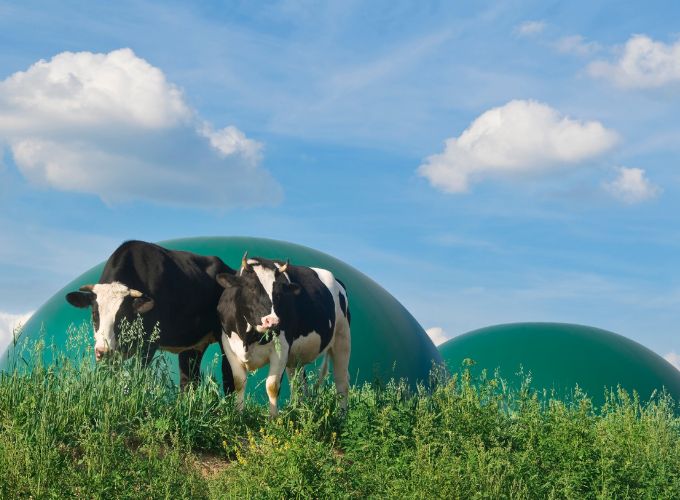
Although we enjoy the warmth of the fireplace, the odors can be unpleasant. With simple tricks like vinegar, salt, or baking soda, you can keep your home fresh and cozy.

If we were to say to you right now “Tell us three sources of renewable energy”, you would most likely say: “solar, hydro or marine energy and wind energy”. And this answer is a 10, but… but what about bioenergy?
Bioenergy is a type of renewable energy that comes from biomass and originates from the exploitation of organic and industrial matter. It generally comes from the substances formed by living organisms or their remains and waste. Examples of bioenergy are wood, dung or charcoal.
There are three main types of bioenergy: biofuels, biofuels and biogas or methane.
Biofuels are all forest residues such as firewood, charcoal and agricultural waste. They have a wide range of uses, from heat or electricity production to domestic use.

Waste from crops: corn, palm oil, sugar, etc., as well as agro-industrial waste. Thanks to certain processes, we can obtain pure vegetable oils that are subsequently converted into biodiesel and alcohol (bioethanol, used in bioethanol fireplaces and cookers).

This is all waste produced by the fermentation of organic remains such as forest, agricultural fields or animal waste. It is used to produce thermal, electrical or mechanical energy.

Bioenergy is one of the largest sources of growth in renewable energy consumption over the period 2018-2022, accounting for 30% of renewable consumption growth. This is due to the increased use of bioenergy in heat and transport.
It is expected to continue to grow significantly in the coming years, albeit at a slower pace due to the rapid expansion of solar PV and wind power.
Articles of interest:

Although we enjoy the warmth of the fireplace, the odors can be unpleasant. With simple tricks like vinegar, salt, or baking soda, you can keep your home fresh and cozy.

How to avoid dust in the house when using a wood stove: tips and tricks for a clean and healthy home

Learn how to remove mould from your wood for use by following the steps in this article.

All you need to know: what it is, uses and benefits of wood stoves
To provide the best experiences, we use technologies such as cookies to store and/or access device information. Consenting to these technologies will allow us to process data such as browsing behavior or unique identifiers on this site. Not consenting or withdrawing consent may adversely affect certain features and functions.

From December 19 to January 6, order a wood stove and receive the Helix log holder for free.